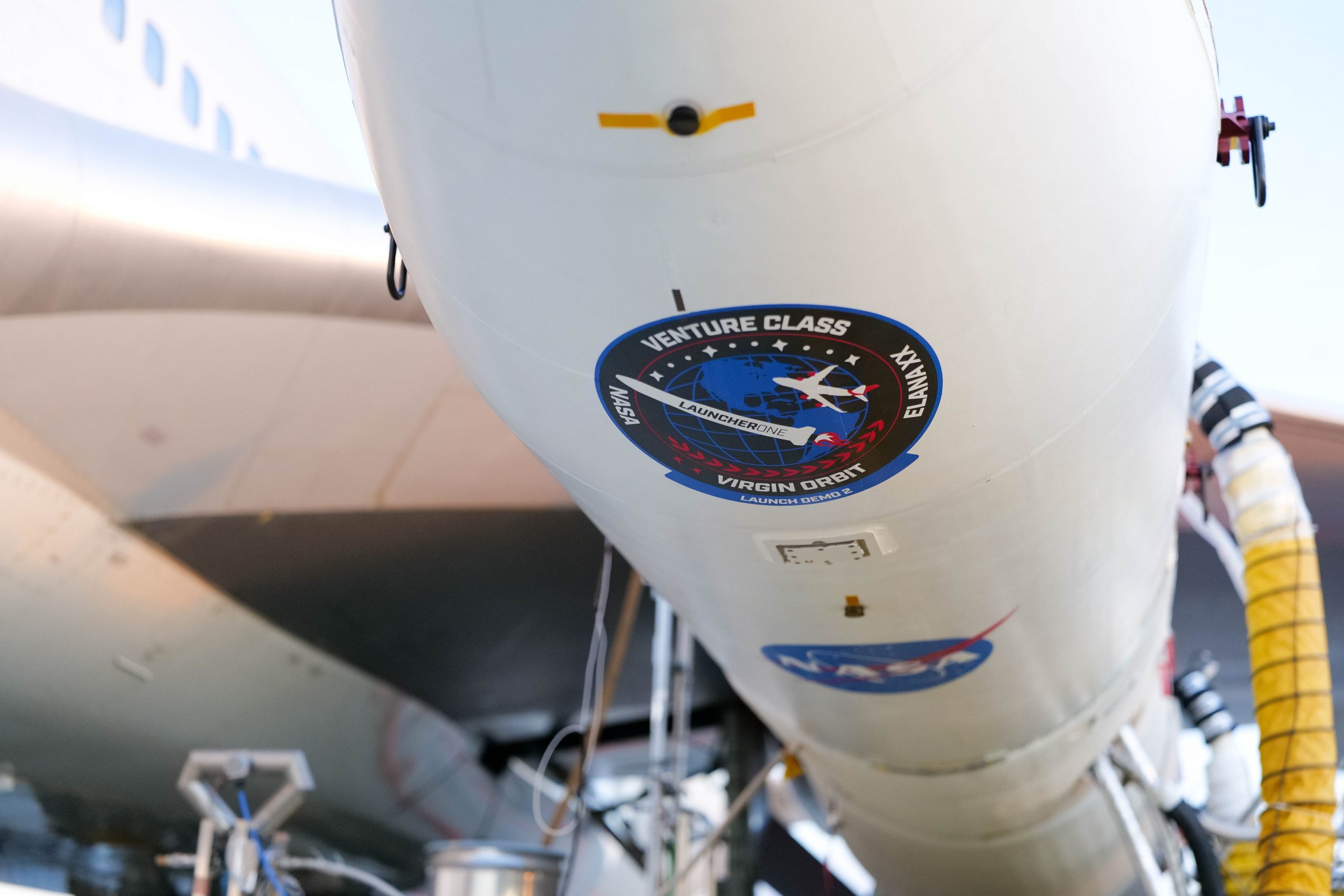SWSU satellites Diploma and QSL card.
.
TSURU 4k8 FSK active JG6YMX GuaraniSat-1 active JG6YMZ Maya-2 unknown Tausat-1 9k6 BPSK active RSP-001 CW active 8N1RSP STARS-EC(A) CW active JJ2YVA STARS-EC(B) CW active JJ2YVB STARS-EC(C) CW unknown OPUSAT-II unknown WARP-01 not heard Hirogari not heard
Read more at wakky.asablo.jp/blog/
Birds-4
BIRDS4 Project, Japan
The project is led by Kyushu Institute of Technology in Japan . 437.375MHz, Tsuru/GuaraniSat-1/Maya-2 BIRDS4 Project website
Dear BIRDS-4 followers and amateur radio operators.
We published the decoder software which is to receive CW and decode it. In the pdf file, you can access the detailed specification of our satellites CW. And you can also access the pptx file which is to explain how to use the software.
https://birds4.birds-project.com/
The Joint Global Multi-Nation Birds Satellite (BIRDS) Project was initiated in 2015 by the Kyushu Institute of Technology, Japan with the help of over ten partner institutions. It was envisioned by Dr. Mengu Cho, Professor at Kyutech, who became Principal Investigator for the Project. The BIRDS Project trains graduate students from many developing countries in using innovative and cost-effective systems engineering during the course of a two-year satellite project. The BIRDS project was selected by the Global Engineering Deans Council (GEDC) as the winner of the 2017 GEDC Airbus Diversity Award for diversity in engineering. The Project has provided training for students from many countries including: Bangladesh, Bhutan, Egypt, Ghana, Malaysia, Mongolia, Nepal, Nigeria, Paraguay, the Philippines, Sri Lanka, Sudan, Thailand, and Turkey.
One BIRDS project is begun each year, with 2019 marking the fourth generation (BIRDS-4) since the Project’s inception. The yearly projects are carried out by graduate students enrolled at Kyutech for a masters or doctoral degree, and such projects are supervised by four Kyutech faculty members. During these two-year satellite projects, the students design, develop, and operate CubeSats belonging to participating countries. Since 2015, the BIRDS Project has trained fifty-two graduate students, thirty-two of whom hail from under-represented countries, and launch eleven 1U CubeSats.
The long-term goal of the BIRDS Project is to train students in
developing countries to help launch and steer their nations’ space
programs. As part of the project, Kyutech has built a global human and
ground station network of more than fifteen countries that are
continually operating satellites and sharing research ideas. The Project
hosts an annual BIRDS workshop to foster communication and cooperation,
allowing its participants and graduates to meet in person and discuss
their progress and new programs. It has supported Bangladesh, Bhutan,
Ghana, Mongolia, Nepal and Sri Lanka in launching their first national
satellites with the help of project graduates. The BIRDS Project has
also supported ten institutions in developing countries through the
difficult process of creating their own sustainable space research and
education programs. Red More @ SSPI
OTHER SATELLITES ARE
Hirogari
Osaka Prefecture University, Japan
Muroran Institute of Technology
145.900MHz, 1k2AFSK/9k6GMSK/19k2_4FSK,CW
RSP-01
Rymansat Project, Japan
145.810MHz, 1k2AFSK/9k6GMSK/19k2FSK,CW
Tausat-1
TelAviv University, Israel
436.400MHz, 9k6BPSK

Today at approximately 3:35 p.m. ET (12:35 p.m. PT), 10 CubeSats began deploying from Virgin Orbit’s LauncherOne Rocket into low-Earth Orbit as part of the Educational Launch of Nanosatellites (ELaNa) 20 mission. Virgin Orbit’s 747-00 carrier, Cosmic Girl, took off from the Mojave Air and Space Port in California at 1:38 p.m. ET (10:38 a.m. PT) today carrying the LauncherOne Rocket and the 10 small research satellites.
CubeSats are a cornerstone in the development of cutting-edge technologies like laser communications, satellite-to-satellite communications, and autonomous movement. The nine CubeSat missions in this launch were developed by the following universities and one NASA center:
CSLI is an initiative created by NASA to attract and retain students in the science, technology, engineering and mathematics disciplines. Missions are selected through the CubeSat Launch Initiative and managed by NASA’s Launch Services Program at the agency’s Kennedy Space Center in Florida. Visit our website to learn more and follow us on Twitter at NASA_LSP and Facebook at NASA LSP.
read more Kennedy Space Center
Bobcat-1 Cube-Satellite telemetry decoded at speed of 57k6 baud . replay wave.
3CAT-1 ... #437??, 437.250MHz, 9k6 BPSK CW, active
5 min beacon interval
FacSat-1 ... #43721, 437.350MHz, 9k6 GMSK, active
using SoundModem (TY2/6 9k6)
Reaktor ... #43728, 437.775MHz, 9k6 2GFSK CW, active
2GFSK can not be decoded with normal software.
Innosat-2 ... #43738, 437.450MHz, 4k8 GMSK, active
using SoundModem (1KUNS-PF 4k8)
FACSAT-1
1 43721U 18096C 18334.22688571 .00027989 00000-0 10934-2 0 9993
2 43721 97.4872 39.2139 0016168 319.7179 127.4551 15.25724654 165
Reaktor
1 43728U 18096K 18334.16180617 -.00000075 00000-0 00000+0 0 9999
2 43728 97.4852 39.1487 0016615 325.5558 125.7315 15.26135796 149
INNOSAT-2
1 43738U 18096V 18333.96322465 -.00000078 00000-0 00000-0 0 9990
2 43738 97.4854 38.9533 0024621 334.8241 110.0540 15.27666015 128
de je9jpl

